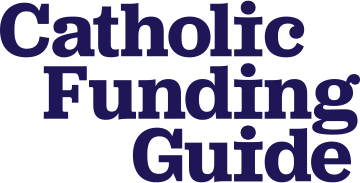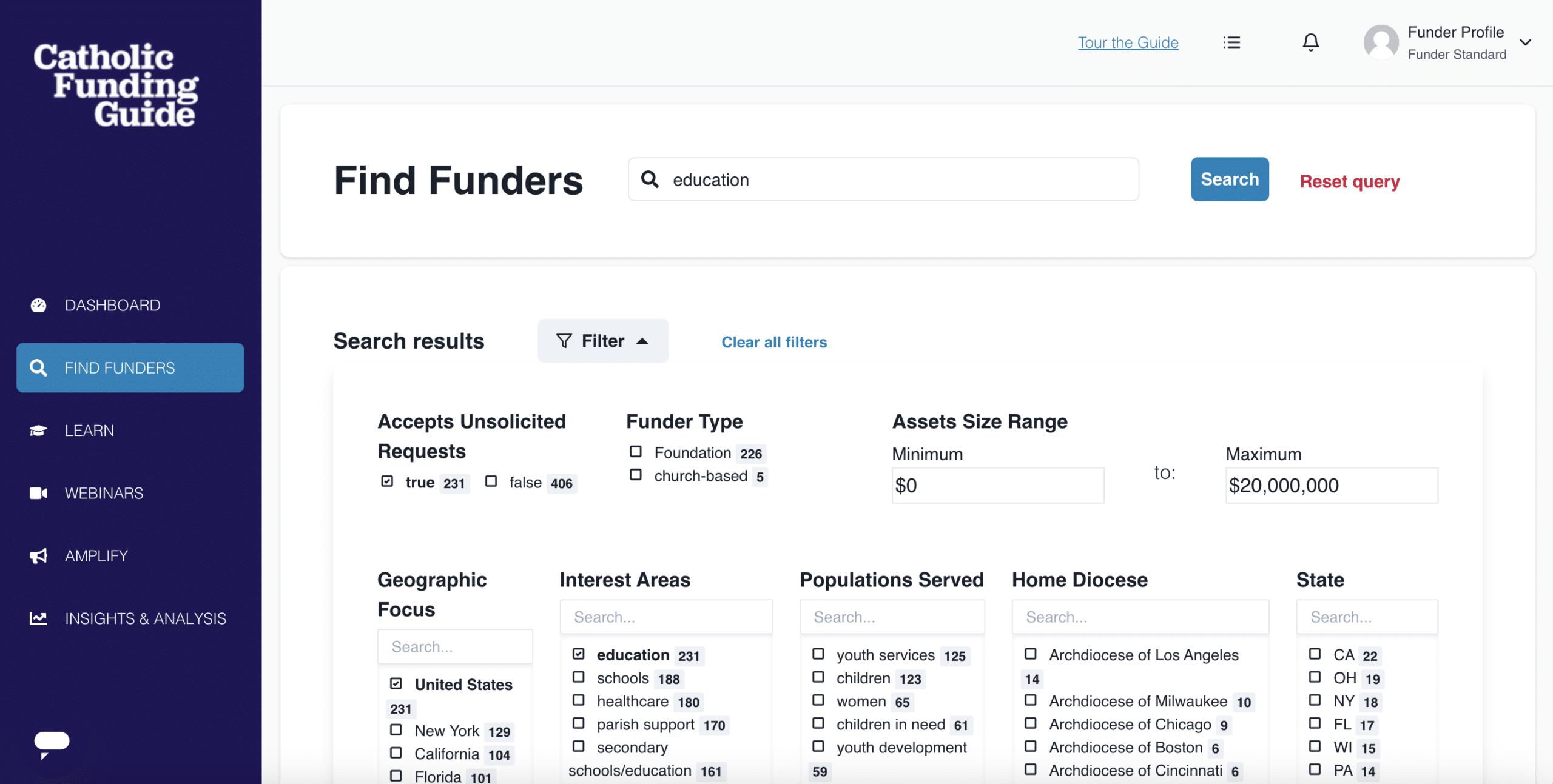Fundraising for a Catholic school is challenging work. Among the difficulties is knowing when and how to look for grants, and understand how grant seeking should fit into your overall fundraising strategy. This blog post will help you determine whether it’s time to look for grants, and how to look for them successfully.
- Fundraising


